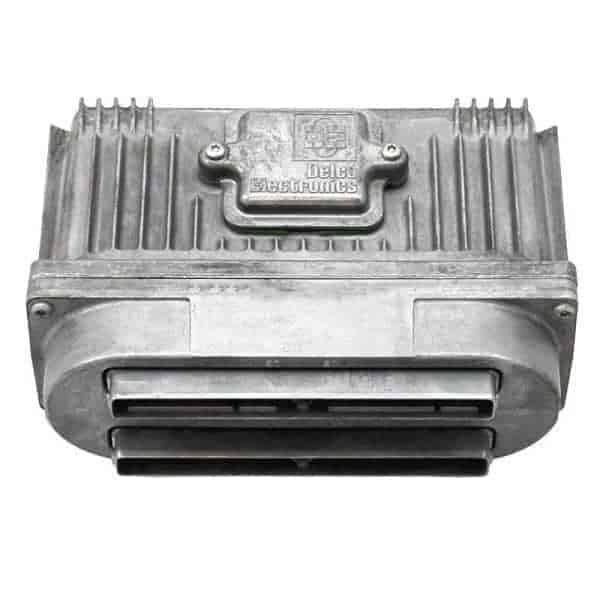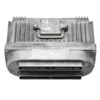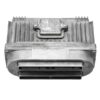Is Your 1996 GM Vehicle Running Poorly?
If you’re experiencing frustrating issues like a persistent check engine light, poor fuel economy, stalling, or a no-start condition in your 1996 Buick Regal, Grand Prix, Lumina, or another compatible GM model, the root cause is often a failing Powertrain Control Module (PCM), also known as the Electronic Control Module (ECM). This component is the brain of your vehicle, managing everything from fuel injection and ignition timing to transmission shifting. When it fails, it can cause a wide range of perplexing and performance-robbing problems.
The Direct-Fit Solution: A Pre-Programmed 1996 Regal ECM
Don’t let a faulty computer keep your classic GM off the road. This ECM, part number 16211539, is the definitive solution. We take the guesswork and high dealership costs out of the equation. Before we ship the unit, our technicians will program it with the latest GM-certified software updates specifically for your vehicle’s Vehicle Identification Number (VIN). This ensures that the module is a true plug-and-play replacement, ready for installation right out of the box. It will function precisely as the original unit did, restoring your vehicle’s performance, reliability, and efficiency.
Common Symptoms of a Failing ECM
- ✔ Persistent Check Engine Light (CEL) with various trouble codes.
- ✔ Engine stalling or shutting off unexpectedly while driving.
- ✔ Difficulty starting the engine or a complete no-start condition.
- ✔ Noticeable decrease in fuel economy.
- ✔ Rough idling, misfires, or hesitation during acceleration.
- ✔ Harsh or erratic automatic transmission shifting.
- ✔ Failure to pass emissions testing.
- ✔ Communication errors with diagnostic scan tools.
Why Choose a VIN-Programmed Module?
In 1996, vehicles began using more complex OBD-II systems with security features like GM’s Pass-Key or VATS system. Simply swapping a used computer from another vehicle will not work, as it won’t be matched to your car’s specific options and anti-theft system. Our service handles this critical step for you. By providing your VIN, you receive a module that is:
- Correctly Calibrated: Programmed for your specific engine, transmission, and emissions equipment.
- Updated: Flashed with the newest software from General Motors to address known factory bugs and improve performance.
- Ready for Installation: Eliminates the need for expensive programming tools or a trip to the dealership.
This module is a direct replacement for service numbers 88963800, 16211539, and 16231853. Please verify the part number on your original module or consult our comprehensive fitment list to ensure compatibility with your vehicle. The installation is straightforward for a competent DIY mechanic, typically involving disconnecting the battery, unplugging the electrical connectors, and unbolting the old unit. In some cases, a simple security relearn procedure may be required after installation, which can be done without any special tools.
Frequently Asked Questions
Do I need to send you my old ECM?
No, there is no core charge or need to send in your old part. This is a direct purchase.
What information do you need from me?
After placing your order, you must provide us with your vehicle’s 17-digit VIN. We cannot ship the module until we have this information to program it correctly.
Is this ECM difficult to install?
Installation is generally simple for those with basic mechanical skills. It involves disconnecting the battery, removing the old module, and installing the new one. Some vehicles may require a security relearn procedure, which typically involves turning the key on and off in a specific sequence. Instructions can be readily found online for your specific model.
Will this fix my car’s problem?
This module will correct issues directly caused by a faulty ECM. While the symptoms listed are common for ECM failure, it’s crucial to ensure your vehicle has been properly diagnosed. We recommend checking wiring, grounds, and sensors before concluding the ECM is the sole problem.
How do I find my VIN?
Your VIN can be found on your vehicle’s registration, insurance card, or on a metal plate on the driver’s side of the dashboard, visible through the windshield.


